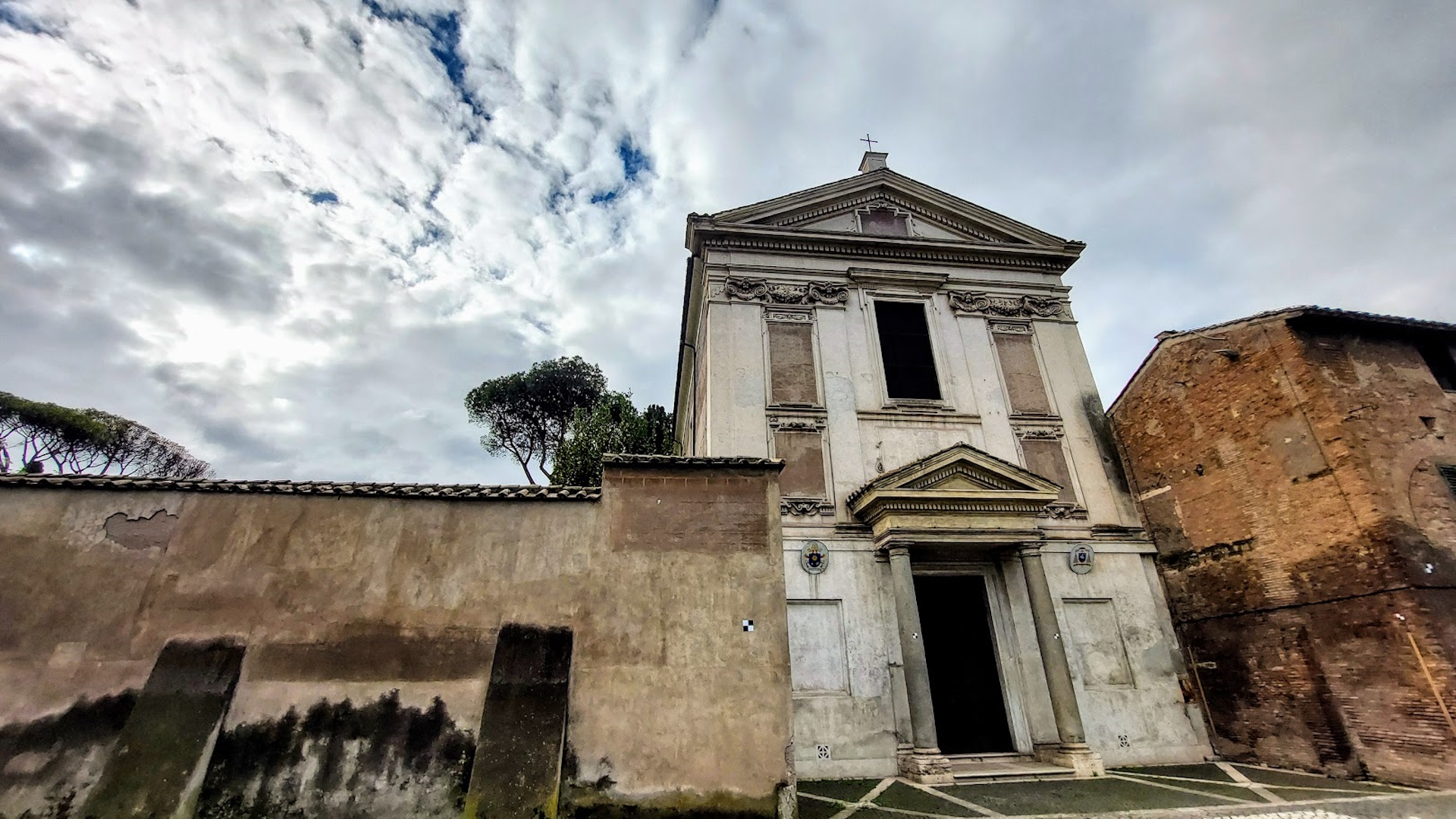
Just a few steps away from the Baths of Caracalla, the basilica of San Cesareo de Appia, also known as San Cesareo in Palatio, is a place of extraordinary historical and cultural significance recently included among the assets of the Appia Antica Archaeological Park due to its location along the first mile of the “Regina viarum”.
It is the only surviving church of the many dedicated in late antiquity and the Middle Ages to St. Caesarius, a north African deacon born according to tradition to descendants of the noble gens Iulia and martyred in Terracina (enclosed in a sack and thrown into the sea) in the very first centuries of Christianity. When Emperor Valentinian I moved his relics to the city in the late 4th century, to an oratory erected in his honor on the Palatine Hill, the saint became one of Rome’s most beloved and venerated martyrs, the new “Christian Caesar” and the protector of the imperial family converted to the new creed. Since the 13th century his remains have been in the urn on the high altar of the basilica of Santa Croce in Gerusalemme, and his cult is still widespread throughout the world.
The first nucleus of the place of worship on the Appian Way dates back to the 8th century and was built on the remains of earlier Roman structures, probably a 2nd-century bathing establishment: in the 1930s, work on the floor of the church revealed a beautiful large black-and-white mosaic with tritons and sea creatures. In the 14th century, the church was given to the order of the Fratres Cruciferi (Crutched Friars), who founded a hospice for pilgrims entering the city from the nearby Porta San Sebastiano. The complex then became home to a community of Benedictine nuns and, in the mid-15th century, was made dependent on the nearby San Sisto Vecchio. The present church is the result of the radical restoration work completed in the early 17th century, during the pontificate of Clement VIII Aldobrandini, under the supervision of Cardinal Cesare Baronio, titular of the nearby church of Santi Nereo e Achilleo, and probably under the coordination of Cavalier d’Arpino, at that time the most important official painter in papal Rome.
The church’s simple, austere façade introduces a single-nave space, lined at the top with a cycle of fresco paintings depicting stories of St. Caesarius and partly executed by Cavalier d’Arpino. St Caesarius is depicted also in the splendid 17th century flat wooden coffered ceiling in blue and gold, which shows Clement VIII’s coat-of-arms. The mediaeval fittings that adorn the presbytery area testify to the desire to recover elements linked to tradition and Christian roots, a desire manifested by the erudite Cardinal Baronio and typical of Counter-Reformation culture. The Cosmatesque transepts as well as the altar and cathedra were transferred here in the early 17th century from St. John Lateran, which was being rebuilt at the time, and are mainly composed of heterogeneous elements dating back to the 13th century. Also characterizing the church is the extensive use of mosaic decoration, culminating in the mosaic of God the Father Adored by Angels in the conch of the apse.
What else to see on Via di Porta San Sebastiano:
Fhoto turismoroma
The Basilica of Santi Nereo and Achilleo
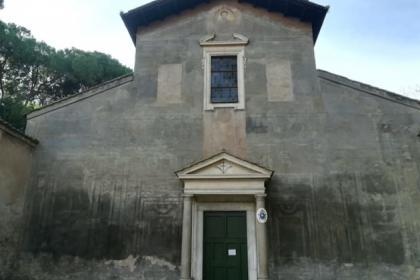
 Condividi
Condividi
Porta San Sebastiano
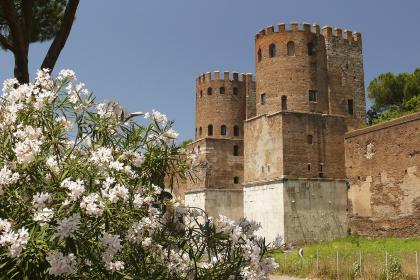
 Condividi
Condividi
The Appian Way
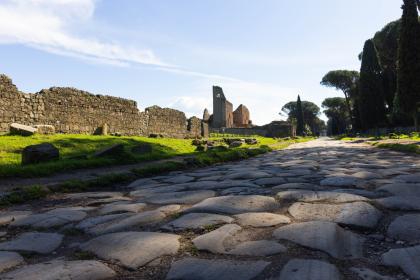
 Condividi
Condividi
Arch of Drusus
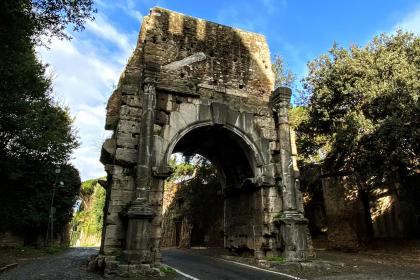
 Condividi
Condividi
Information
Not open to the public at the moment.
 Condividi
Condividi
Location
To find out about all accessibility services, visit the Rome accessible section.











































